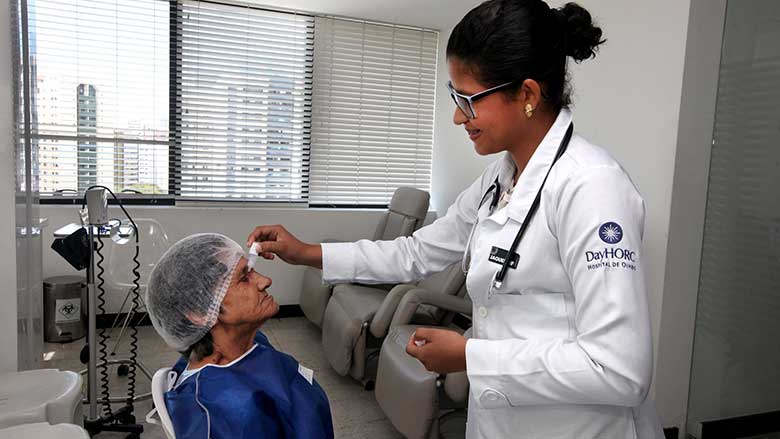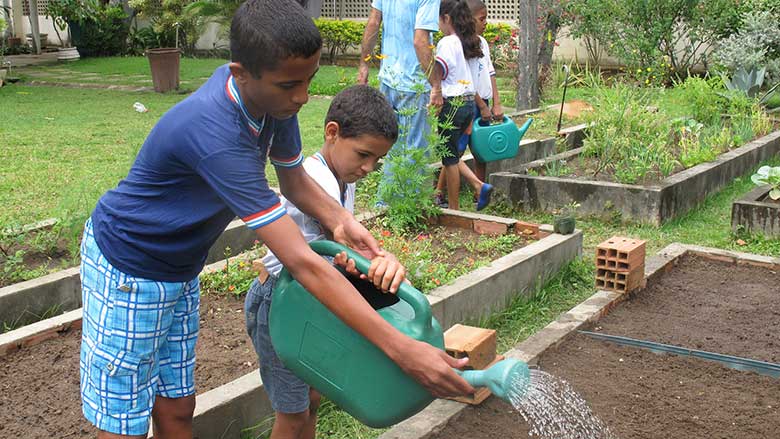Challenge
Bahia trails other parts of the country in socioeconomic development. Economic growth has been strong in the state, but it has been concentrated geographically, leaving behind the poorest municipalities, especially those located in semiarid rural areas. Poverty declined between 2003 and 2009, but as of 2011, 14 percent of Bahians were still considered extremely poor, and 60 percent were beneficiaries of conditional cash transfer programs.
Approach
The Bahia Socio Economic Development for Inclusive Growth Development Policy Loan (DPL) was designed to support the government’s development plan. The government of Bahia laid out its priorities in the 2011–2015 Multiannual Plan (Plano Plurianual Participativo, PPA-P), which aimed to sustainably overcome longstanding socioeconomic inequality in the state. The objectives of the DPL were aligned with this plan and focused on improving education and health, prioritizing social and productive inclusion of the state’s poorest citizens.
Both the education and the health indicators for Bahia had been below the national average for years. To address education, this DPL focused on improving the quality and efficiency of local public schools through partnerships between state authorities and municipalities to monitor learning results. The DPL allowed state authorities to track the lowest-performing municipalities and to respond by providing additional support for classroom management, pedagogical materials, and teaching techniques.
In addressing health, the DPL aimed to strengthen Bahia’s maternal and child healthcare network. It enabled the government to expand primary healthcare coverage in municipalities with high maternal mortality rates and to enhance coordination with local healthcare service providers to increase the number of pregnant women enrolled in prenatal care.


